5 Easy Tips To Master Wildlife Photography
At some point every photographer who is interested in nature as their subject eventually wants to try their hand at capturing local wildlife. There are a few things that you will have to remember before you bring expensive gear out to a location so that you can have as successful a time that returns dozens of captivating photos.
Today we’ll look at 5 things you definitely want to have if you’re looking to master the art of wildlife photography.
Patience
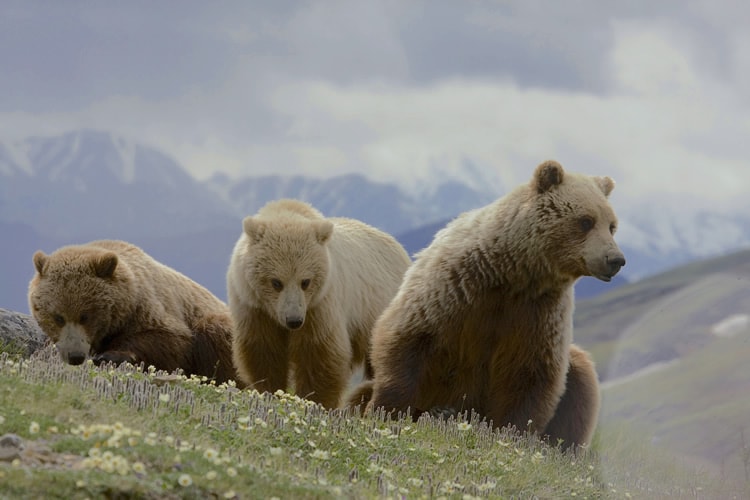
photo by Gregory “Slobirdr” Smith
Patience is a virtue especially when it comes to wildlife photography. Due to the nature of wildlife subjects, moving quickly toward an animal can scare them away and thus you will lose your shot. Moving slowly or waiting for your subject to come to you is generally the best way to approach the situation. It’s all about the art of stealth.
Disguising yourself and camera using camouflage can help you get closer to your subject easily. Natural camouflage patterns can also be used to create a blind that resembles the environment.
Camera Lens
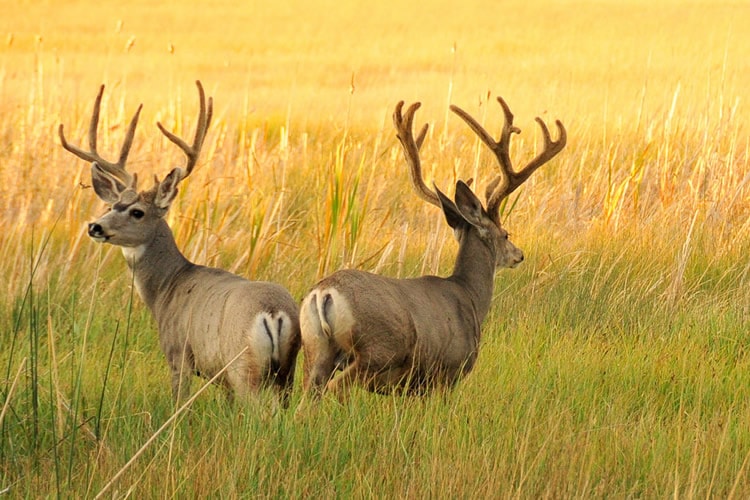
photo by USFWS Mountain-Prairie
Your choice of lens is going to be one of the biggest factors for wildlife photography. Having a longer lens is going to allow you to keep more distance between you and your subject while still filling the frame of your camera with the subject. This cuts down on the possibility of disturbing the subject before you have had a chance to get into position.
A lens with a focal length of 150mm or more is a good place to start but this choice is affected by the subject matter. Birds, for example, will need even longer lenses because they are smaller and more easily spooked. Teleconverters are another tool that can be helpful to increase your focal length without having to buy a whole new lens.
Autofocus
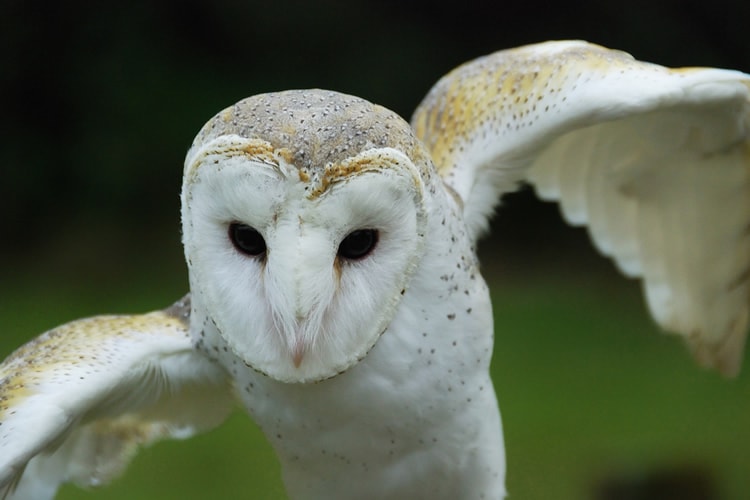
photo by Richard Fisher
The autofocus mode you put your camera into is also important to make sure fast moving subjects are in sharp focus. Choosing the center autofocus point can be helpful, as these are the most accurate point across all aperture sizes, and the center autofocus gives you room, in terms of framing, if the subject makes a sudden movement.
It is also important to have the autofocus setting on continuous tracking mode which will allow the camera to follow moving subjects while keeping them in sharp focus.
Camera Settings
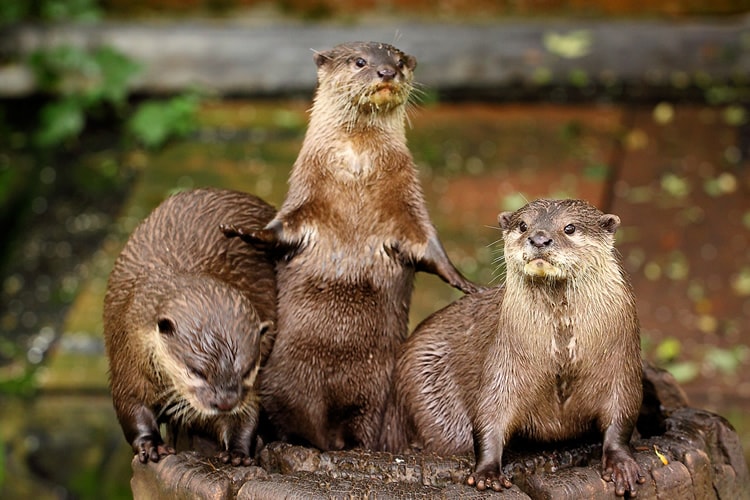
photo by Airwolfhound
As you know, camera settings are important when shooting wildlife or other fast moving subjects. Keeping your shutter speed above 1/500 is a good place to start for freezing any action your subject gives you. A starting aperture of f5.6-f8 gives you the depth of field necessary to keep the subject sharp.
Exposure adjustments can be done using the ISO if your exposure is still incorrect. Using these settings is generally a good starting point, but adjustments will have to be made depending on your situation and the available light.
Tripod
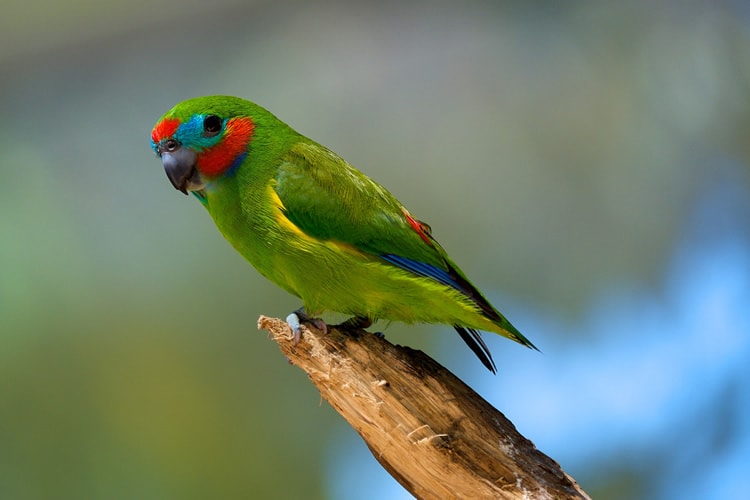
photo by ShotoPhoto
A tripod or monopod can be helpful to reduce any vibrations or movements that can occur if you are using a longer lens. Vibrations caused by a shaky hand can ruin an otherwise good photo.
By using some sort of camera support these vibrations can be minimized while saving your arms from getting too tired after a long day of shooting. To make these more effective while shooting it is important to loosen both the pan and tilt locks in case a movement requires both. In more advanced cases a gimbal head system can be used to support very large lenses with fast moving subjects.
I hope you found those 5 tips useful. There are obviously many more things to consider in order to capture amazing wildlife photographs. Please share your own tips & tricks via Twitter or Facebook!
Don’t forget that our ebook, Cameras in the Wild: A Guide for the Adventuring Photomaker, is out now! If you’re into adventure photography, this is the ebook to get! In it you will learn not only how to capture a strong photograph, but also how to develop your images so that they become polished manifestations of your unique vision.
